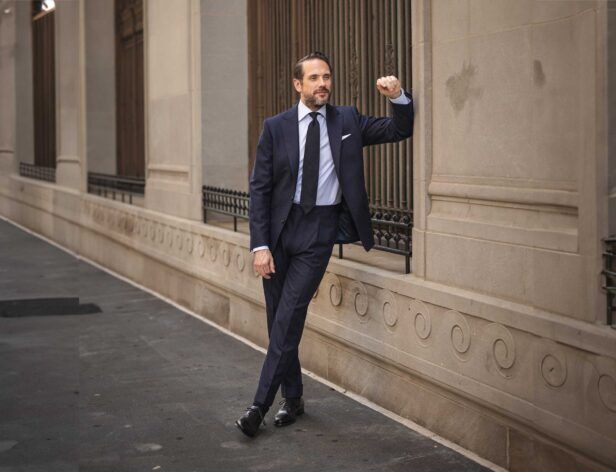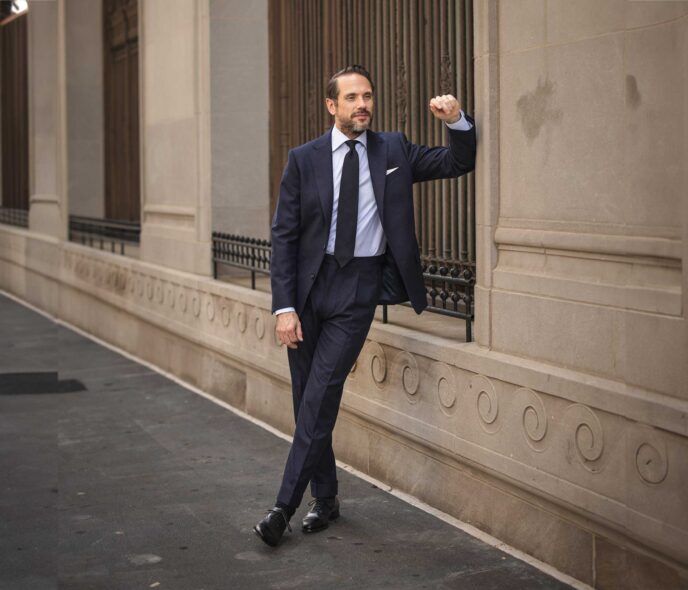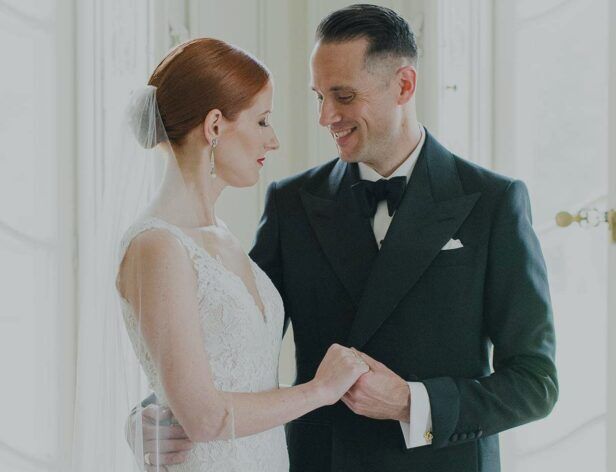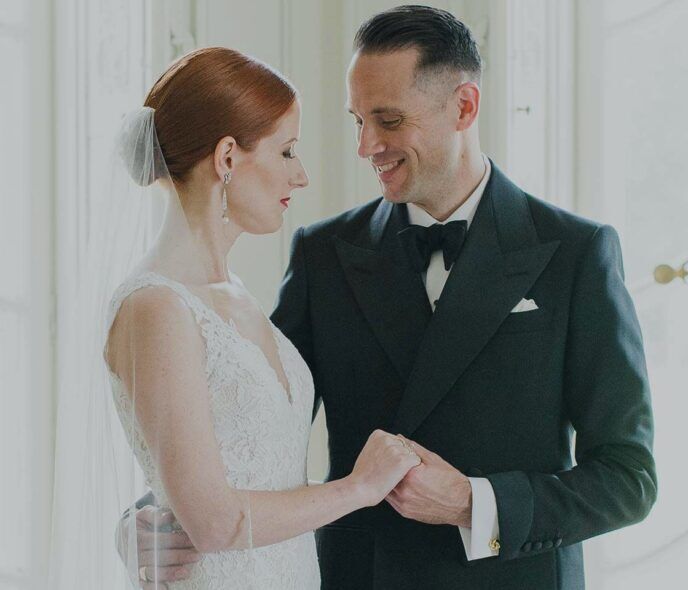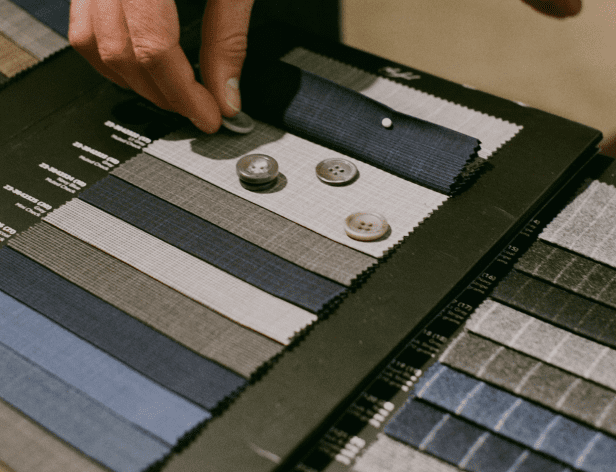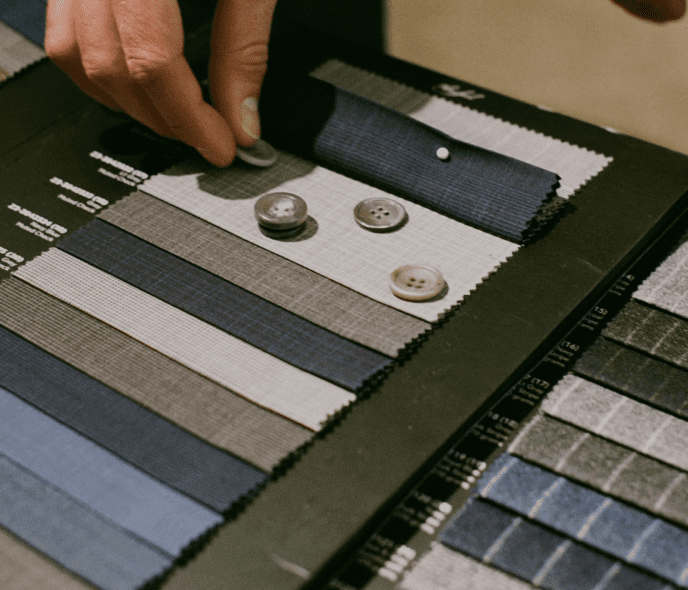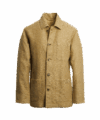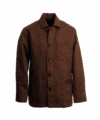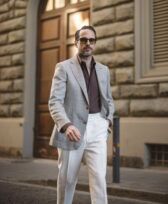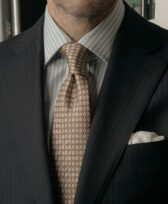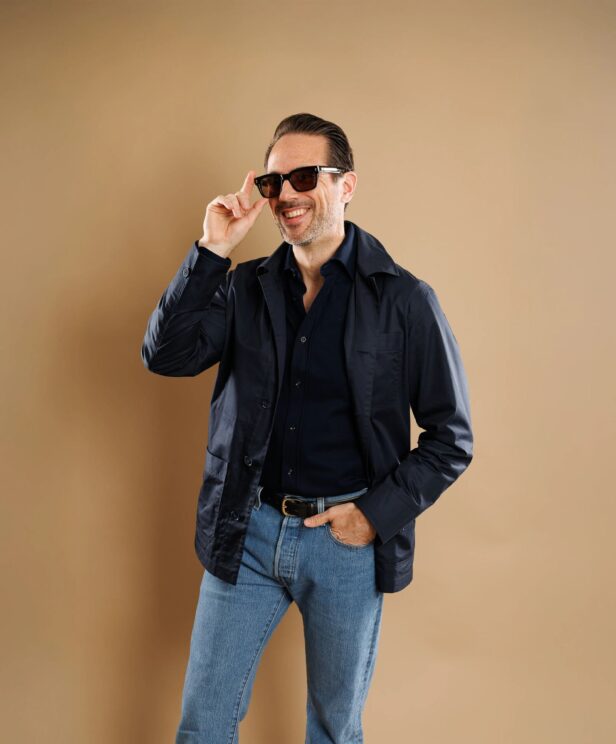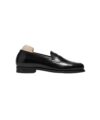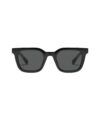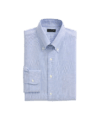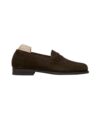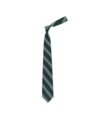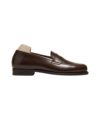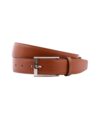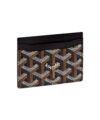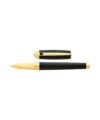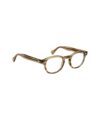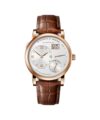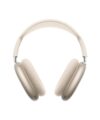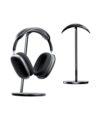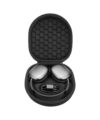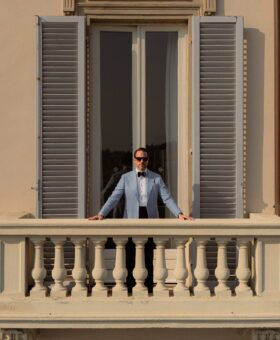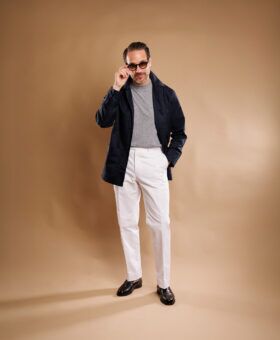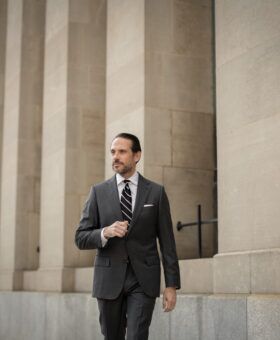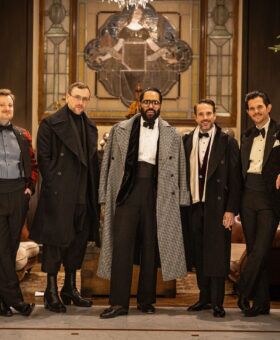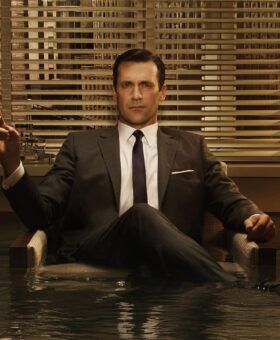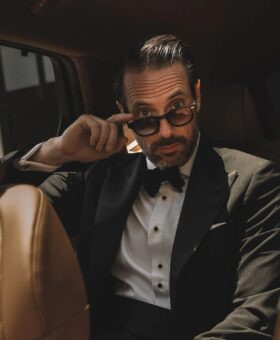Share
From the military to the silver screen, here’s your aviator sunglasses history lesson
Aviators were arguably the first commercially popular sunglasses style, first developed by Bausch and Lomb in 1936. The frame was specifically created for military pilots to protect their eyes while flying – hence the ‘aviator’ moniker – and replaced clunkier flying goggles with a sleeker, more modern option that had the bonus of offering some solid sun protection.
As a frame designed for utility, aviators had some distinct and useful characteristics. The lenses are large, and formed in a teardrop shape that runs along the cheek line and effectively covers two-three times the size of the eyeball. At this early stage, the lenses were always dark and often mirrored. These factors made the sunglasses highly effective at blocking light, which was crucial for pilots’ vision as they flew.
Through the 1930s, the style became a luxury for wealthier sportsmen, largely fishermen and hunters, also looking for a frame that would protect their vision. At this point, the frames did not yet have the ‘aviator’ title, which would be picked up after World War II when the connection between the sunglasses and the military was solidified in the public eye.
| BRIAN WEARS | Z Zegna suit, Drake’s shirt and tie, Persol sunglasses, Cartier watch, Cole Haan shoes | PHOTOGRAPHY | by Rob McIver Photo
Like pretty much every style of sunglasses frames – not to mention tons of other menswear pieces – aviator sunglasses first became popular among the general public due to a celebrity endorsement. But bear in mind that this this “celebrity endorsement” was far more badass than most.
At the height of World War II, renowned General Douglas MacArthur wore the frames as he landed on a beach in the Philippines. The moment was caught on camera and widely distributed among the American press. And the vision became a defining image of the Second World War. Soon, the style became a consumer hit, and decades later Bausch and Lomb would dedicate an entire line to MacArthur in tribute.
From that point on, the popularity of aviators grew exponentially. The associations shifted over time as different celebrities became associated with the style. First, stars like Marlon Brando ushered in a tough-guy rebel vibe through the 1950s.
Later, icons like Paul McCartney made Aviator sunglasses a typical look for hippies and rock stars, often opting for psychedelic colored lenses like light yellows and pinks over the original dark mirrored option. Finally, the 1980s cemented the style’s place in Western culture as Tom Cruise and Val Kilmer rocked the shades in the wildly popular film Top Gun.
Like the other popular styles of sunglasses, aviators are now made by pretty much every optical brand out there. While B&L held the first military contract, Randolph Engineering would later pick up the job, and they continue to produce them for the US armed forces today. But whether you’re trying to channel Douglas MacArthur’s stoic conservatism or Paul McCartney’s laid-back hippie vibes, the style is ubiquitous.
Thanks for reading.
Stylishly Yours,
Adam Lehman
He Spoke Style
